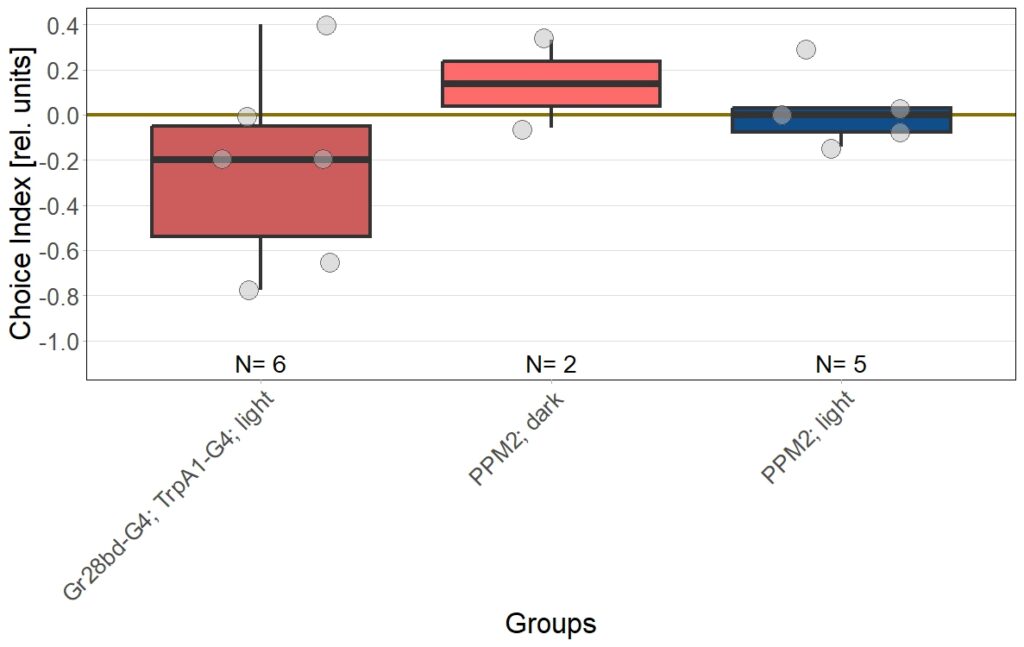First T-Maze trial with previous light exposure
on Monday, December 22nd, 2025 12:56 | by Daniel Döringer
Category: Optogenetics | No Comments
Overview PubMed literature analysis for Query “Drosophila optogenetic dopamine neurons behavior”
on Monday, December 22nd, 2025 12:54 | by Daniel Döringer
Since this will be a main focus of my master thesis I started a literature analysis to check how the idea of a possible “reward system” in Drosophila is addressed. Based on how authors address this topic, I categorized the results by either “differentiated” or “undifferentiated”. In this case undifferentiated means the authors were addressed certain sets of neurons as “reward neurons” or “punishment neurons”, although they could never be classified in this broad sense. For example a lot of papers of the “undifferentiated” category address dopaminergic neurons from the PAM cluster as “reward” neurons, since flies formed appetitive olfactory associative memories, when the CS (odors) were paired with optogenetic activation these neurons. Since PAM neurons are activated during sugar detection it makes sense that they can substitute for reward, but that doesn’t make them “reward neurons”. Real “reward neurons” would activated in any instance of reward, independent of whether it is sugar, mating or water. Many authors do not address this issue properly. Although this analysis is not finished yet I created two plots to visualize the general trends:
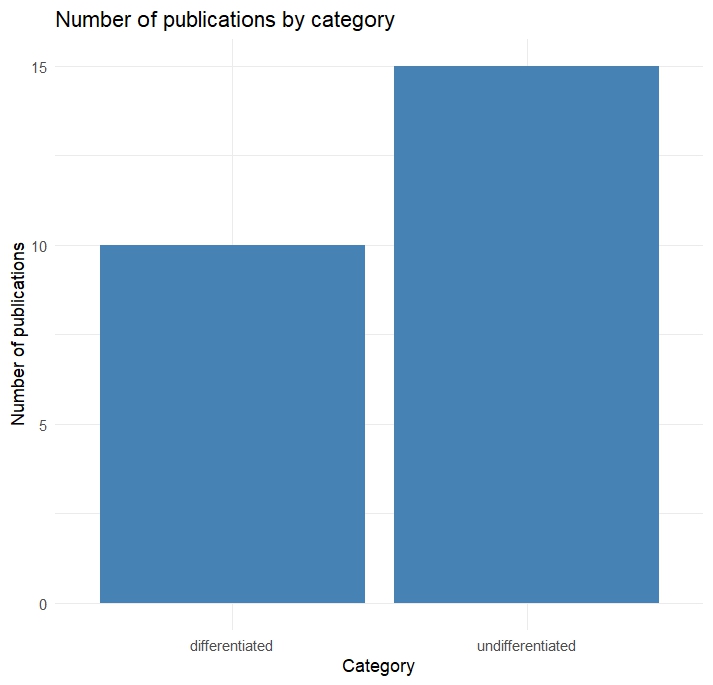
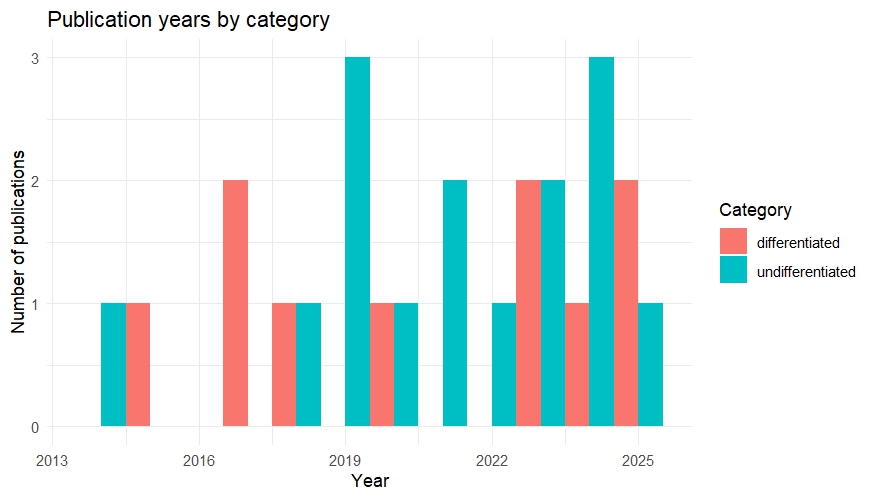
Category: Optogenetics, writing/publishing | No Comments
Endogeneous GFP
on Monday, December 22nd, 2025 11:34 | by Julia Schulz

Category: Anatomy, crosses, genetics | No Comments
Yaw torque experiments
on Monday, December 22nd, 2025 11:16 | by Julia Schulz
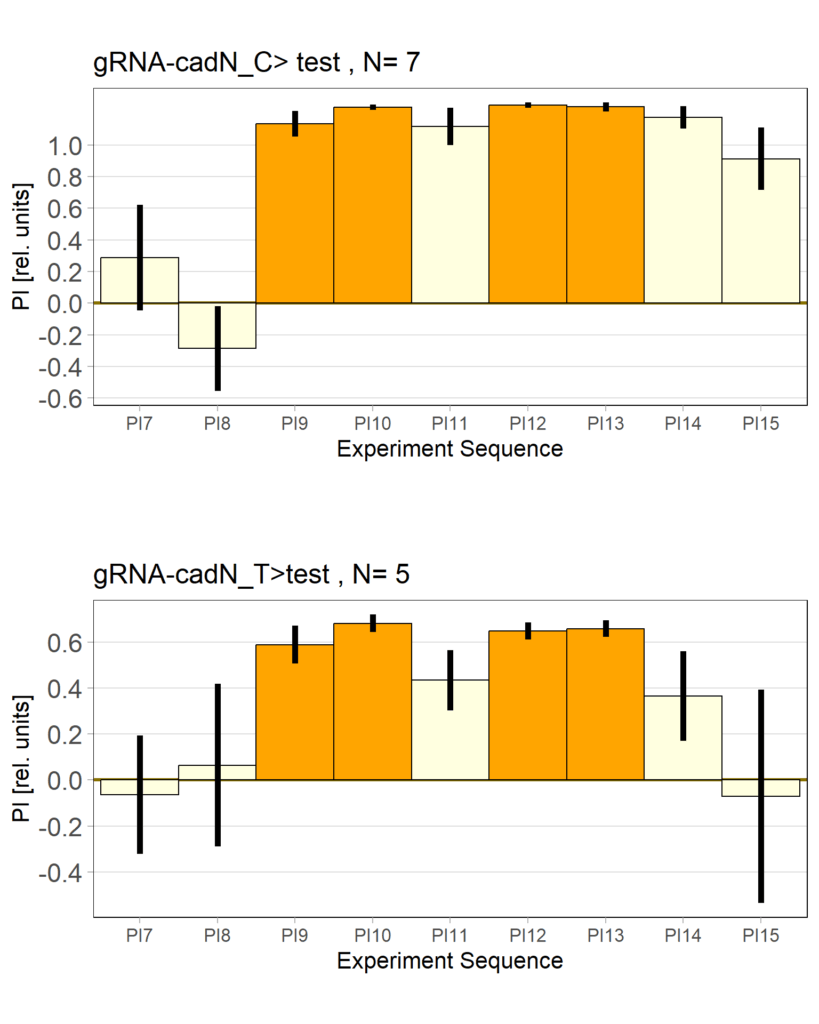
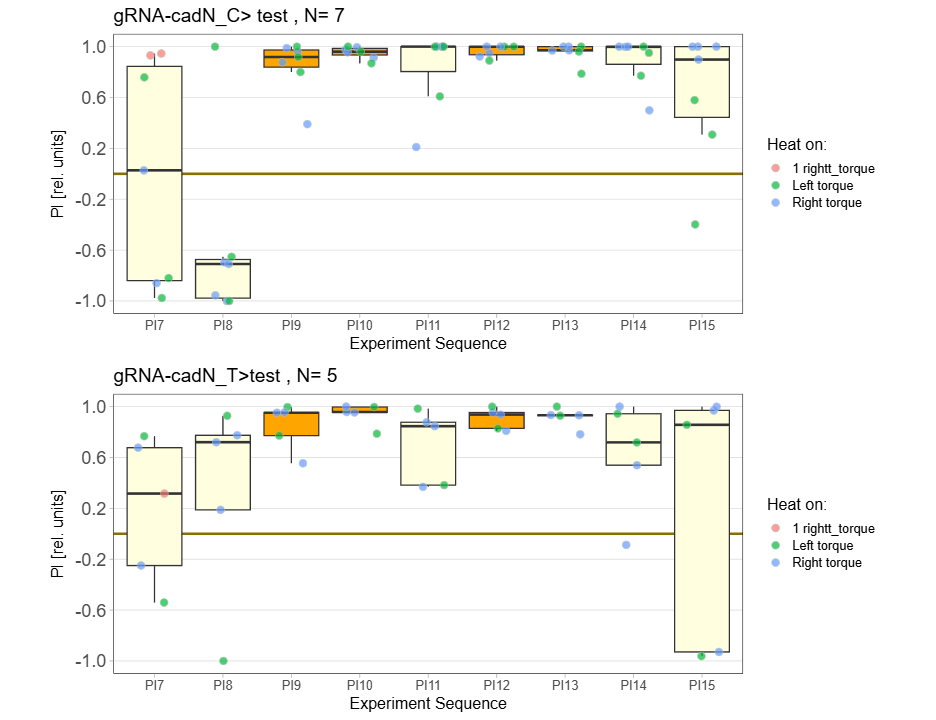


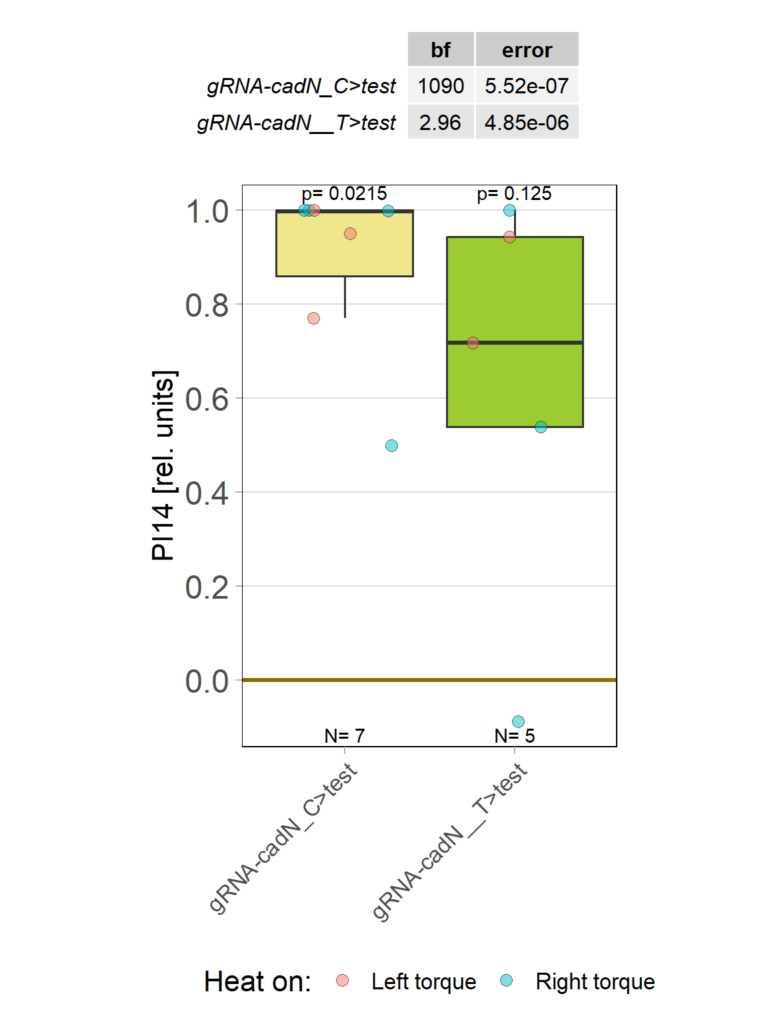
Category: Operant learning, operant self-learning | No Comments
Torquemeter Test and Confocal images of MBON02
on Monday, December 22nd, 2025 10:08 | by Ipek Subay
16 flies went through the test out of 48 flies


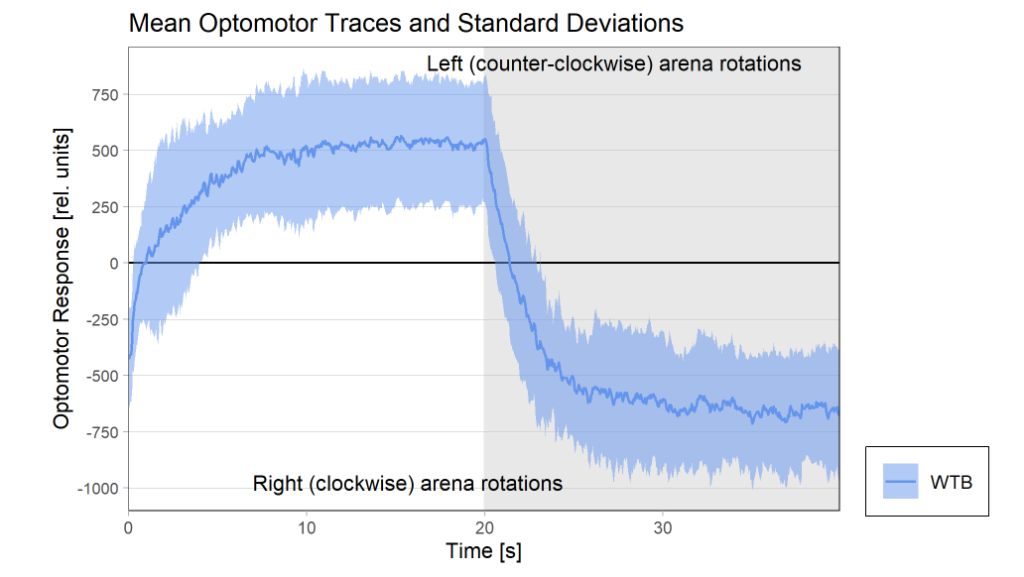

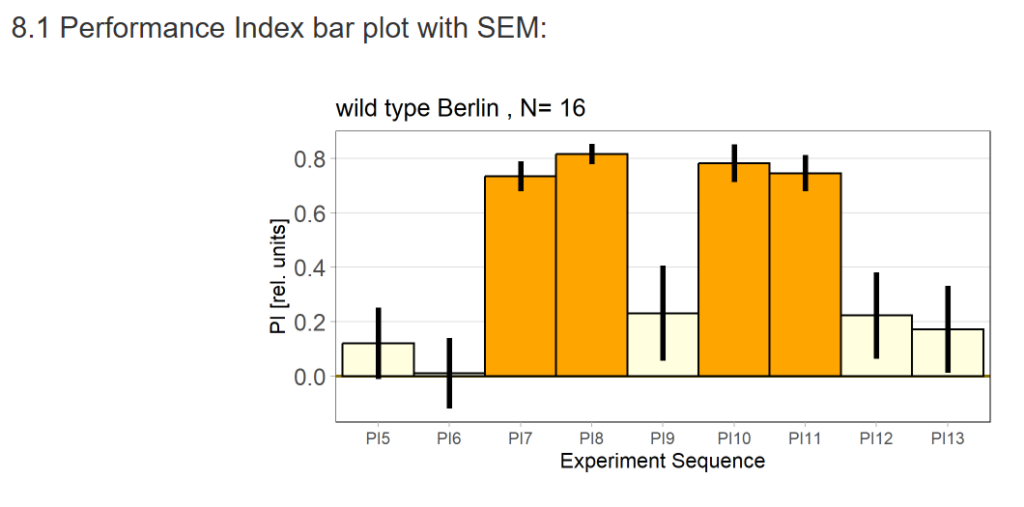
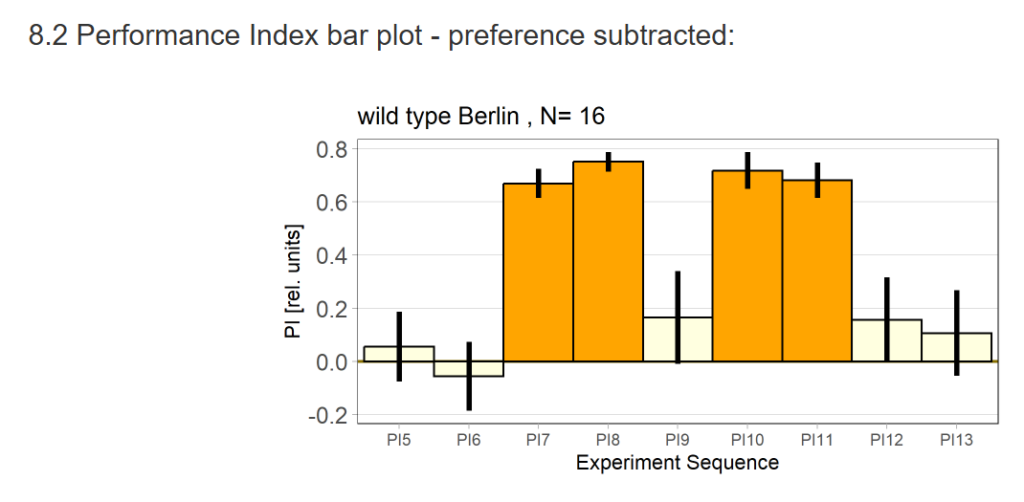
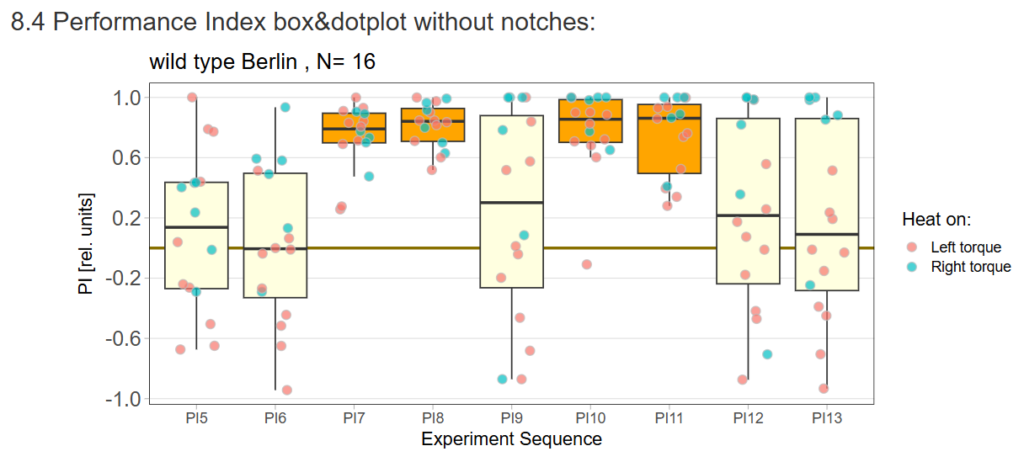
I retook the images of last week’s brains for MBON02-transtango (trans-tango mkII) imaging. Green channel shows MBON02, red channel shows post-synaptic cells of MBON02:

Category: Uncategorized | No Comments
on Monday, December 15th, 2025 1:04 | by Julia Schulz
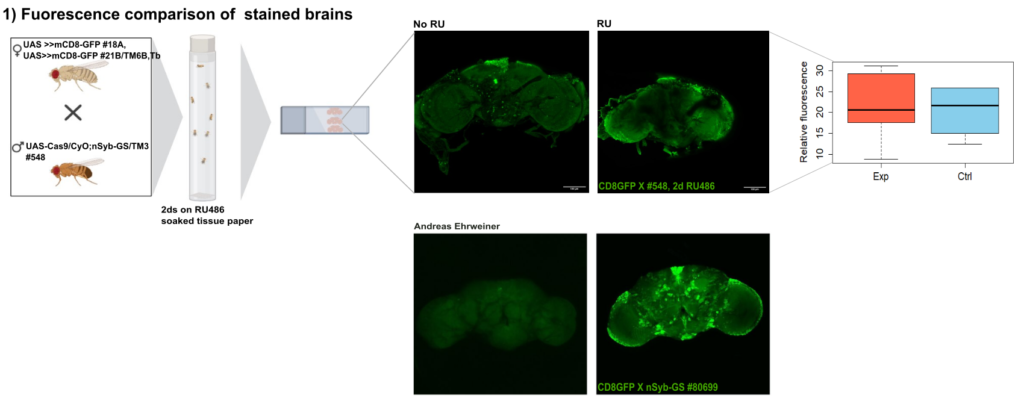
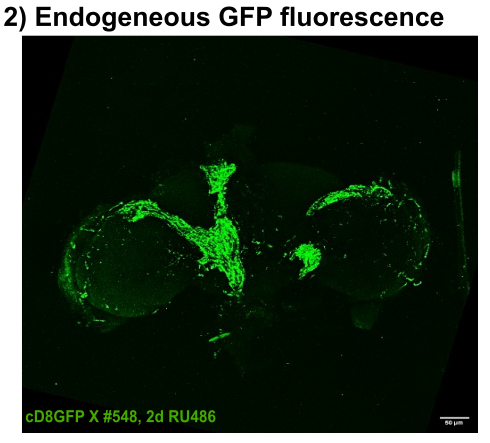
Category: Anatomy, crosses, genetics | No Comments
MBON02 Trans-tango images
on Monday, December 15th, 2025 12:37 | by Ipek Subay
MBON02 trans-tango image from Kaun Lab. Left image shows trans-tango signal in red, right image shows overlay of all channels (green for MBON02, red for trans-tango, blue for nc82):
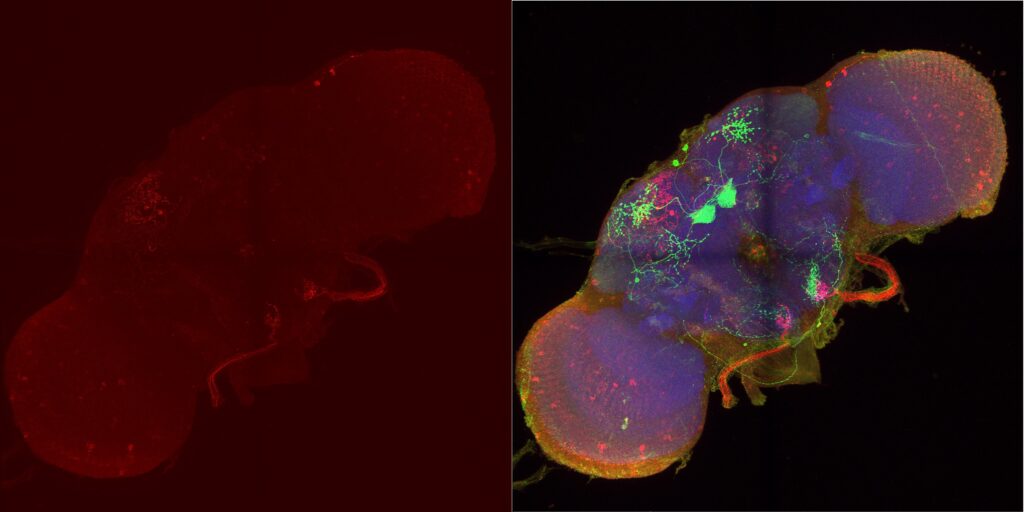
My MBON02 trans-tango images stained with anti-HA instead of anti-RFP. Flies generated by crossing trans-tango mkII line (BDSC: 95317) with MB399B (Brembslab stock number: 319). Left shows trans-tango signal in green, right shows overlay of al channels (green for trans-tango, blue for MBON02, red for nc82):
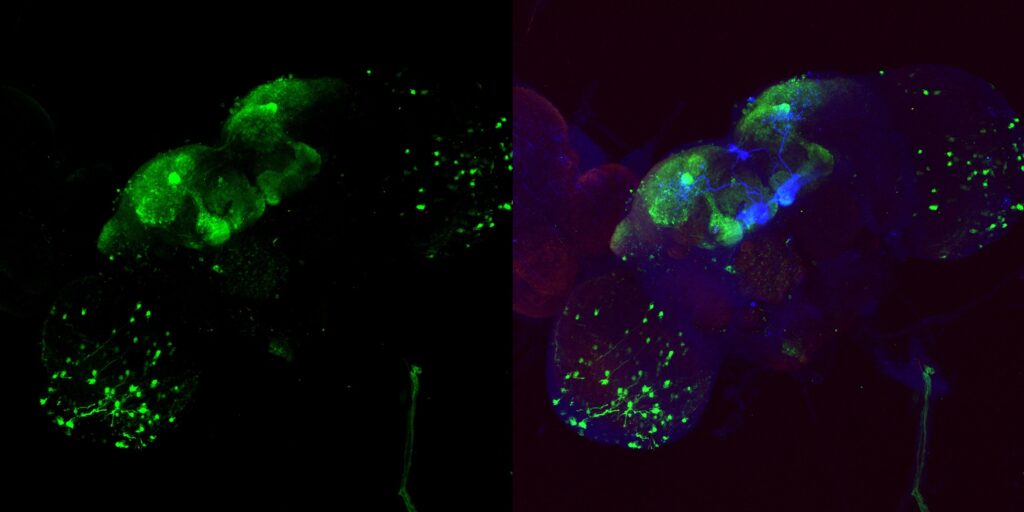

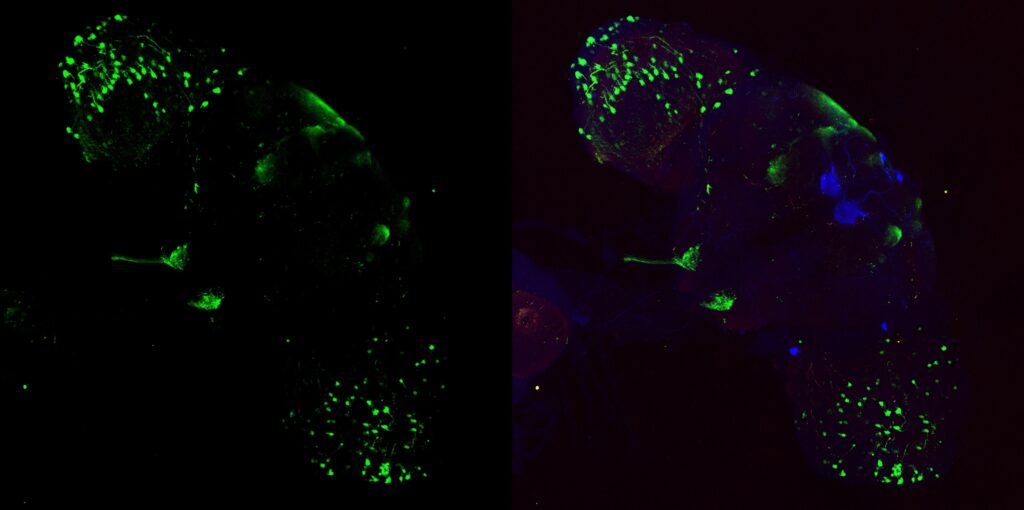
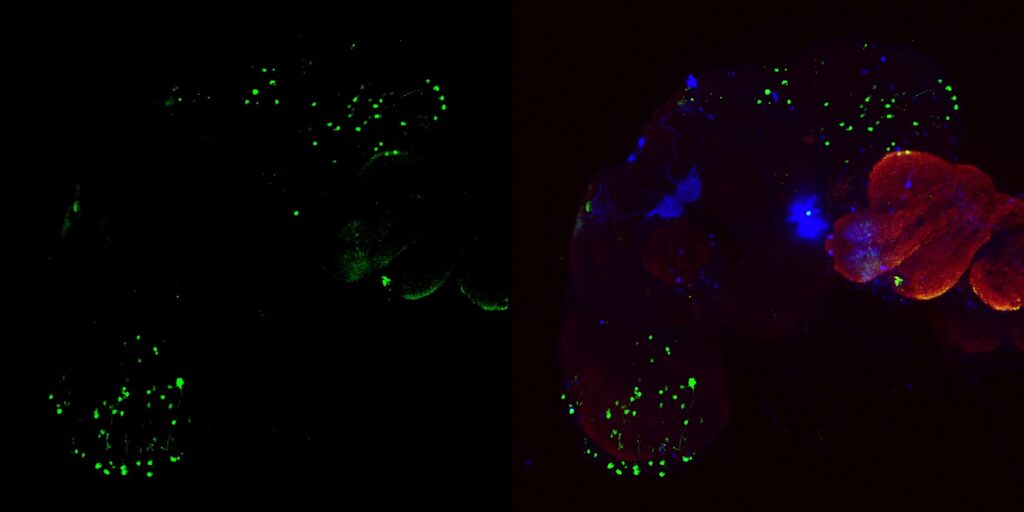

Janelia Flylight image of MB399B with 20XUAS-CsChrimson-mVenus trafficked in attP18 reporter:

Category: Habit formation, MBON, MBON, trans-tango | No Comments
Torque learning results 12.12.2025 FBK
on Monday, December 15th, 2025 10:52 | by Fridrik Kjartansson
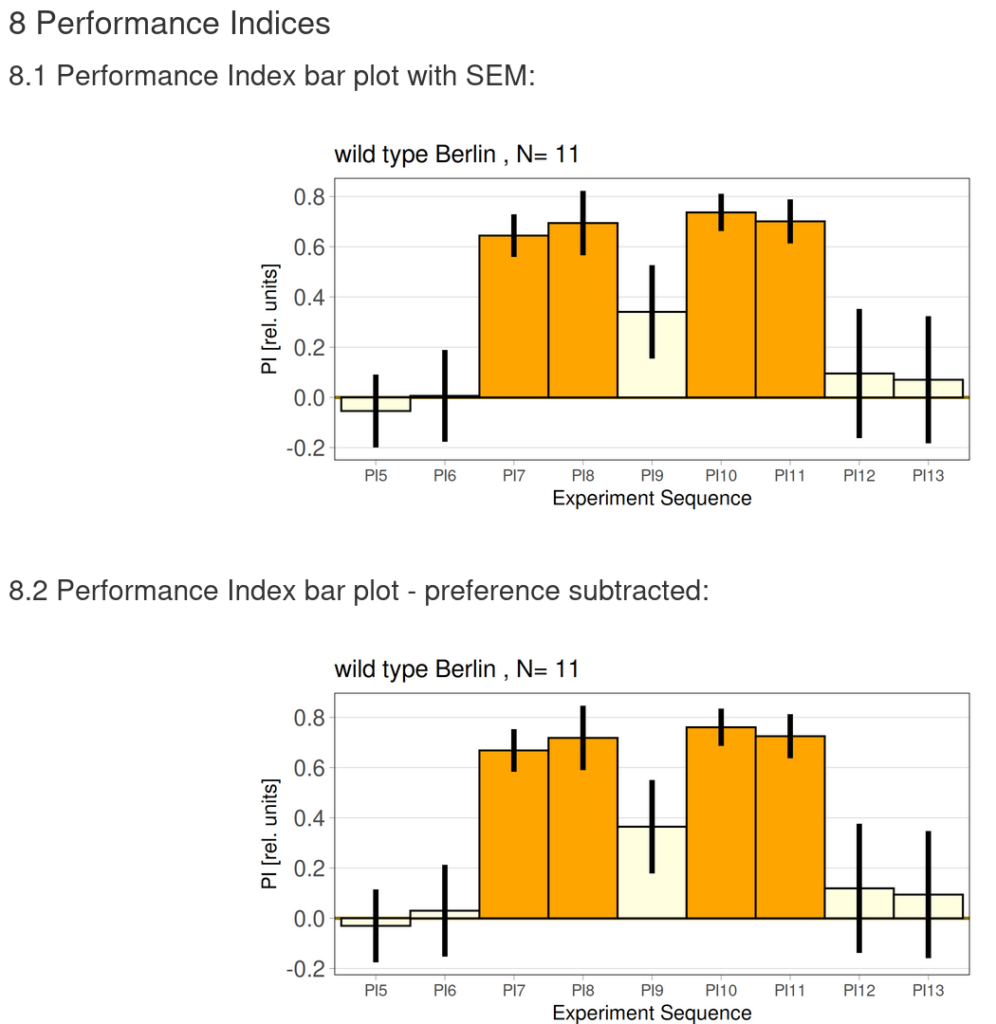
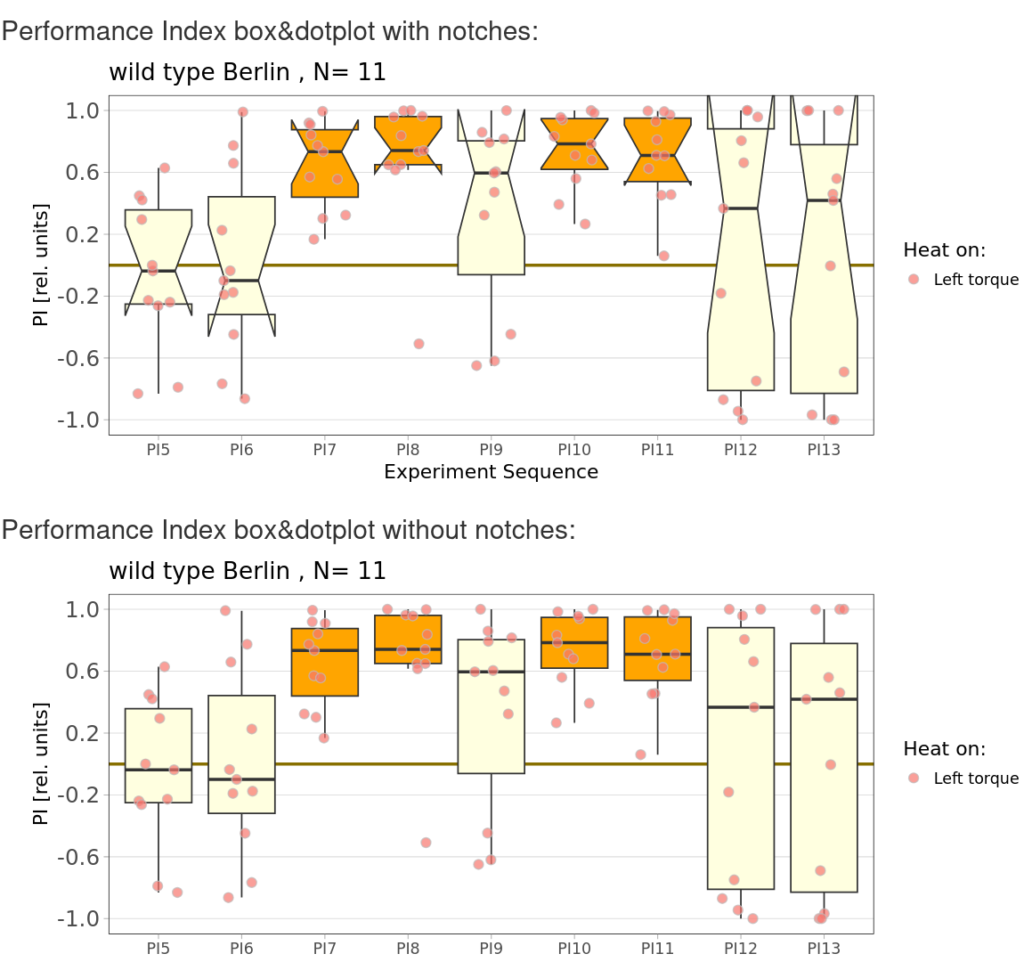
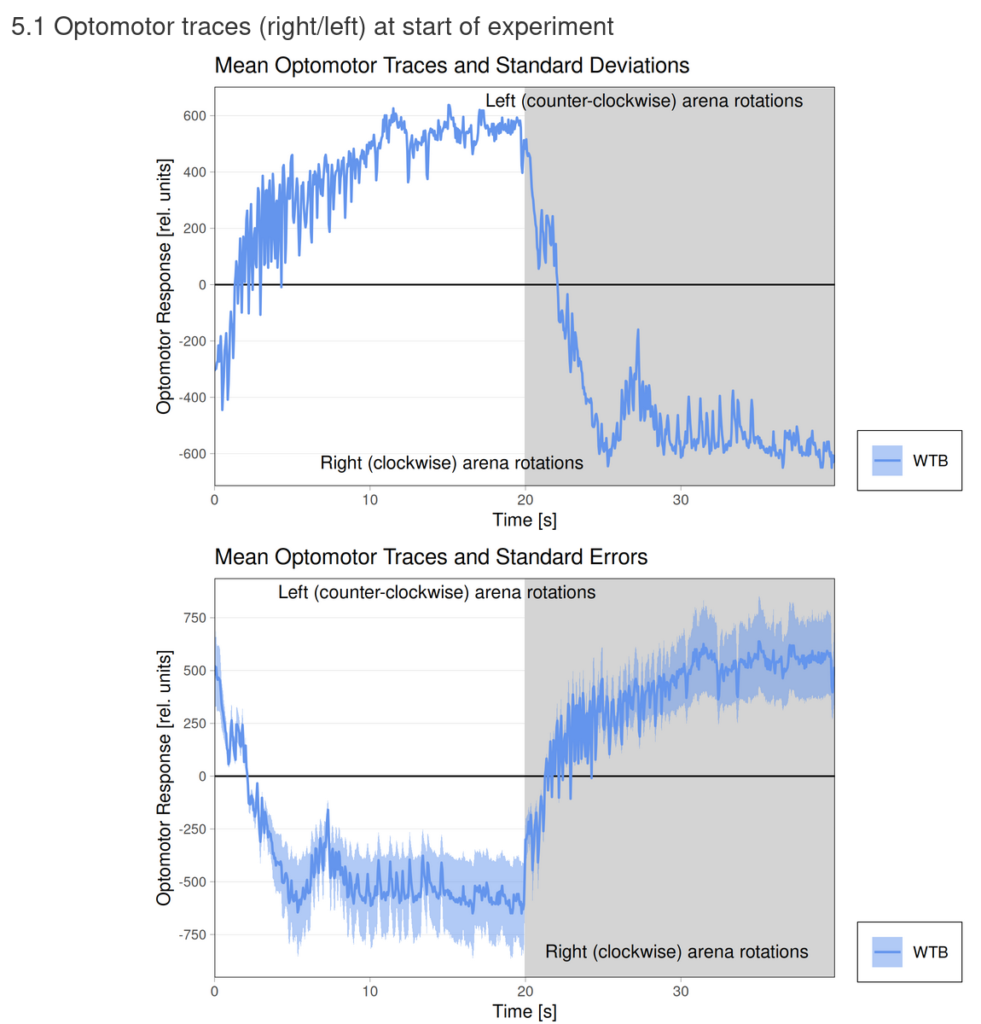
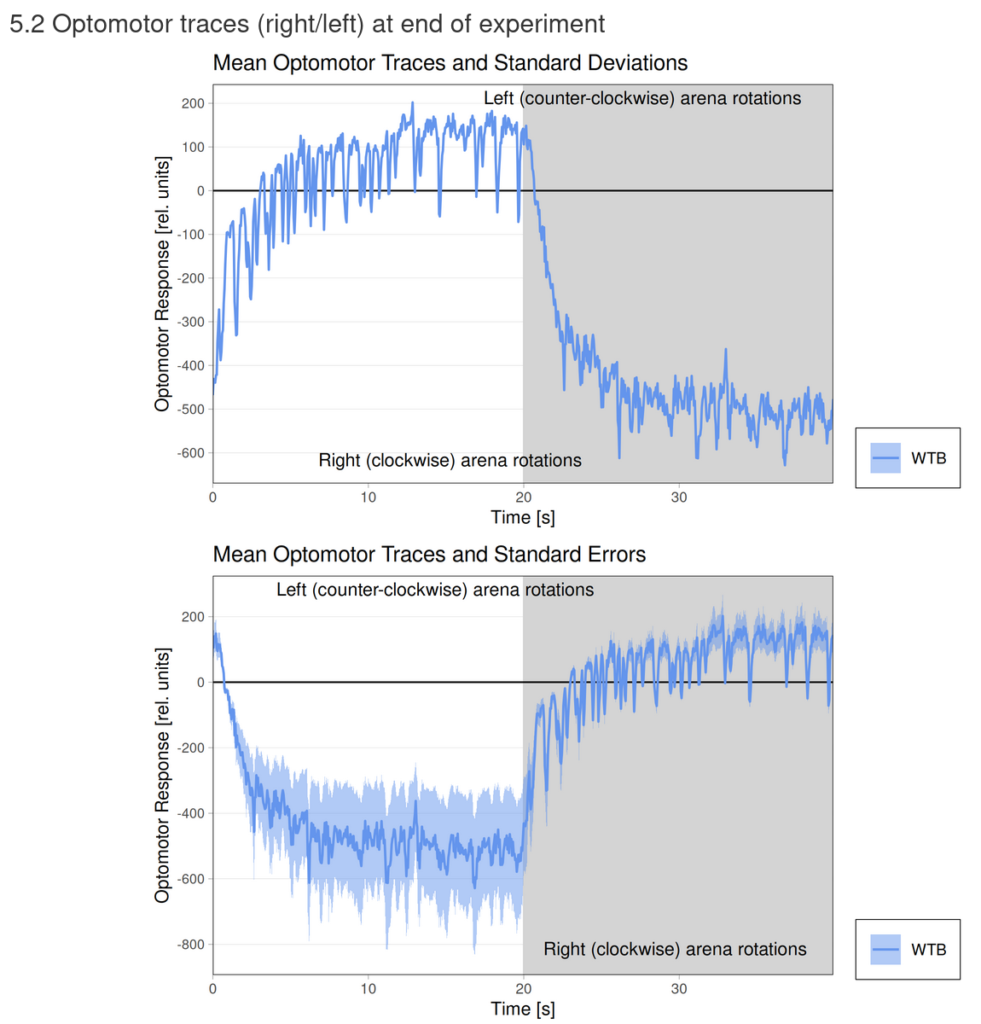
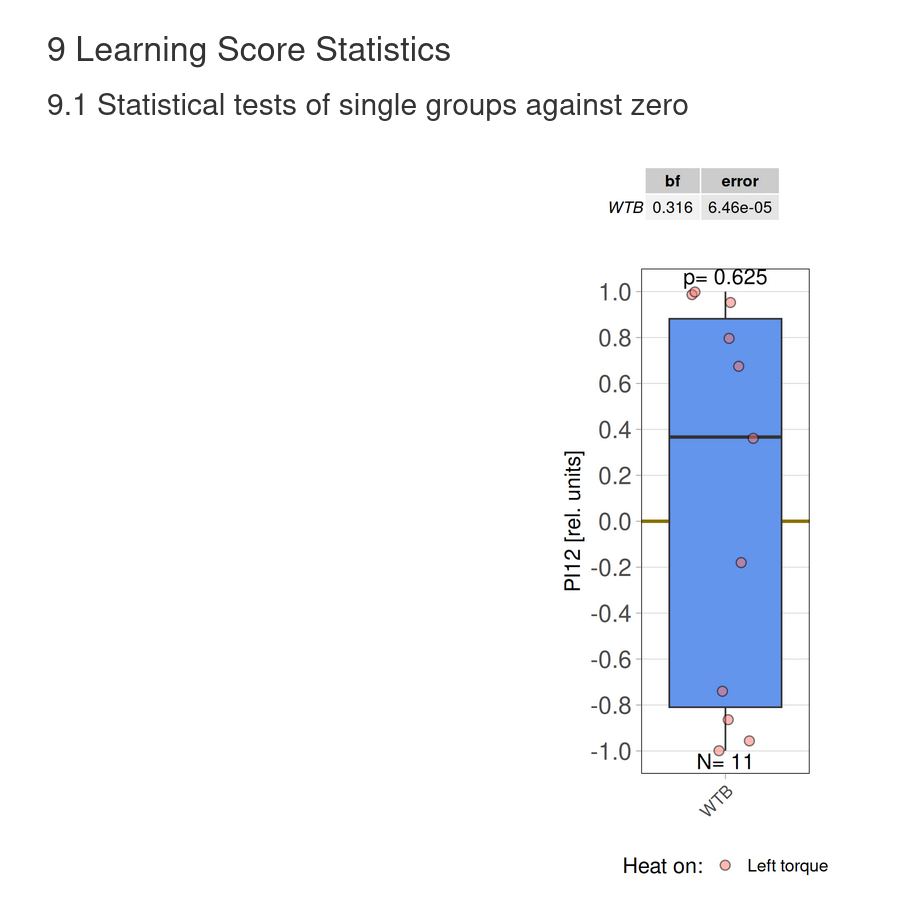
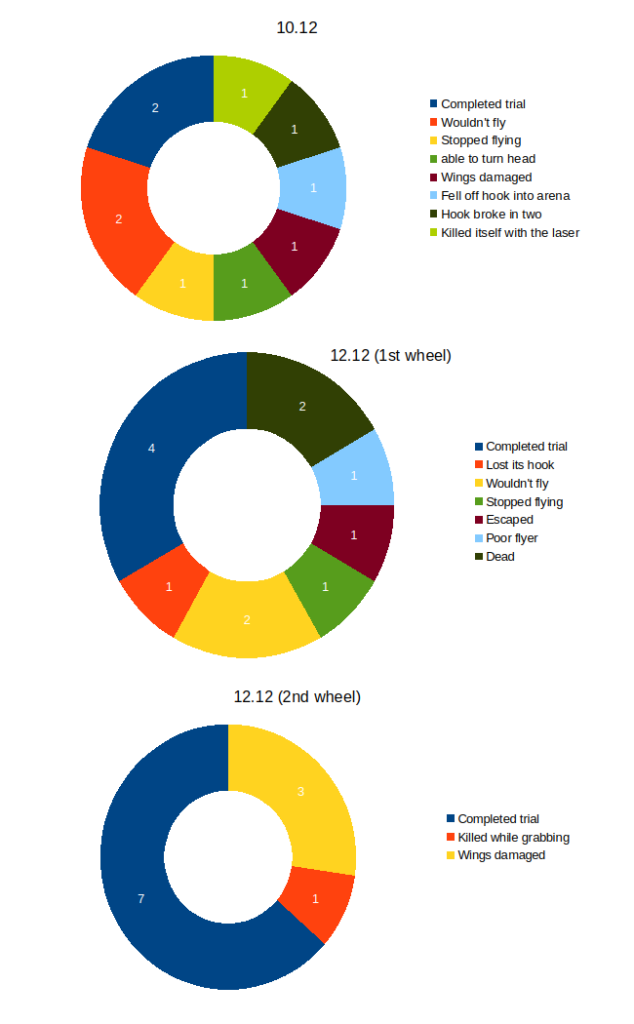
Category: flight, Operant learning, operant self-learning, Optomotor response | No Comments
Salt avoidance
on Monday, December 15th, 2025 9:24 | by Radostina Lyutova
5 days old larvae (3rd instar) were tested for their salt (1.5 M) avoidance behavior. Dopaminergic neurons from the TH-D1 cluster were activated upon ChR2-XXL expression and blue light exposure, respectively.
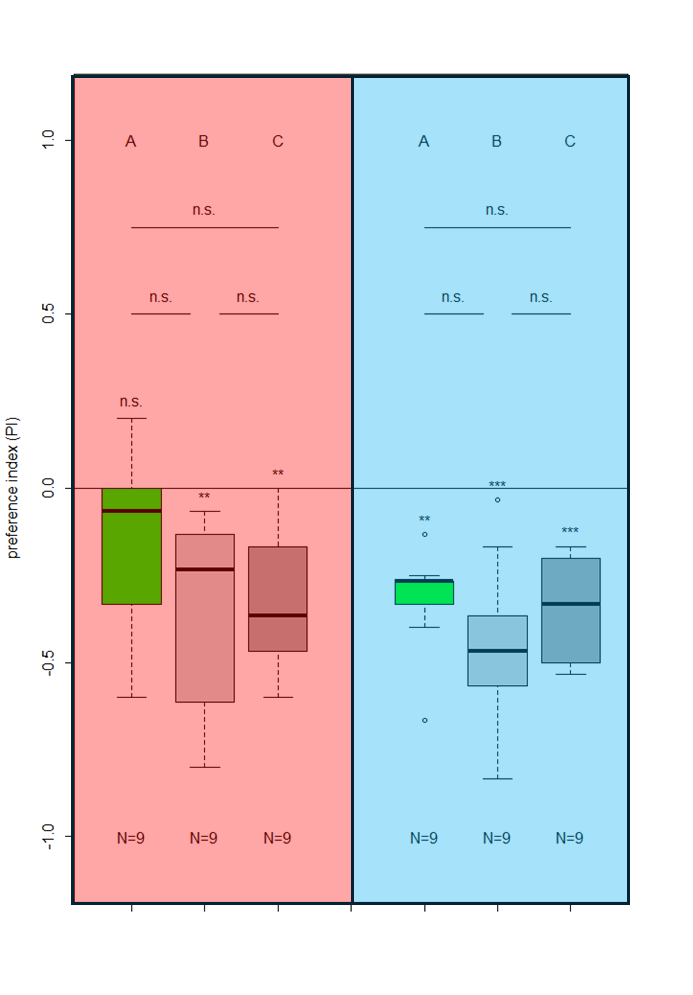
Category: Biogenic Amines, DAN, Food preference, Larvae, neuronal activation | No Comments
Final results of yellow light T-Maze experiments with dopamine depletion using 3IY
on Saturday, December 13th, 2025 6:15 | by Daniel Döringer
In previous experiments we tested flies expressing the optogenetic CsChrimson channel in PPM2 neurons. We observed mild avoidance at 1 minute, which decreased over the time course of 10 minutes, even leading to positive choice indices. To verify whether the observed effect was instructed by dopaminergic signaling, I depleted flies of dopamine using the competitive tyrosine-hydroxylase inhibtor 3-Iodo-L-Tyrosine, and tested flies again in red and yellow light T-Maze, for 1 and 10 minutes. The figure below shows the results for the yellow light T-Maze. Although we can see the same trend from avoidance in the beginning to mild approach after 10 minutes, this effect was not significant. For the 3IY treated experimental groups, we can assume that the general effect mediated by these neurons seems to be absent, when animals are depleted of dopamine.

Although I could not observe a significant effect here, I plan to follow up these experiments with yet another set of T-Maze experiments. This time I plan to actively activate the neurons prior to testing. I hypothesize, that prolonged activation of the neurons might affect their valence for the animal and therefore expect animals which experienced this activation to show differences in 1 minute testing.
Category: Optogenetics | No Comments
